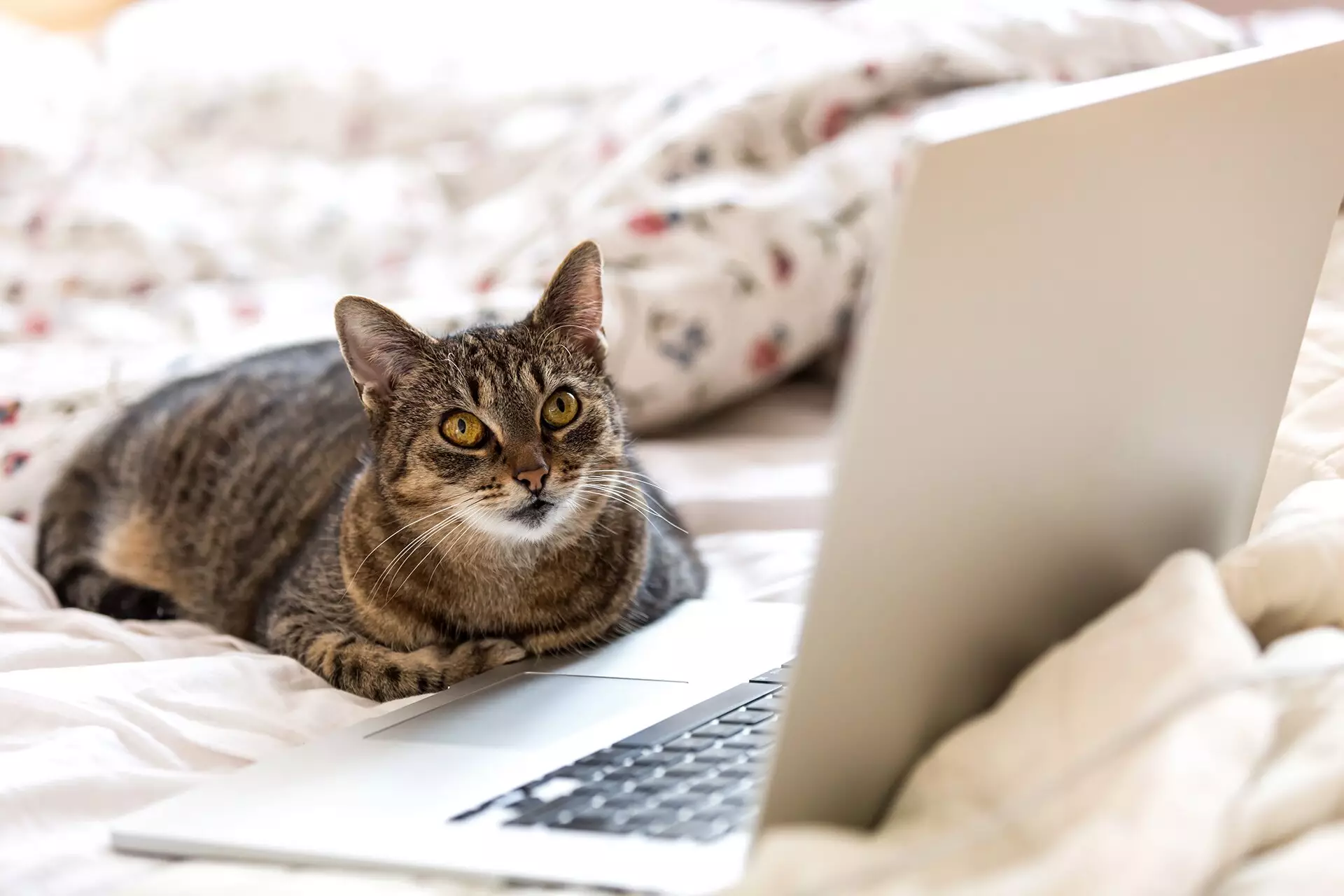In the pet industry, the allure of certain cat breeds, particularly those with extreme conformation, has never been higher. The resurgence of interest in pedigree cats with distinct physical traits—like shortened faces or peculiar ear shapes—has captivated a significant segment of potential pet owners. However, behind these captivating appearances lies a pressing concern: serious health and welfare issues that accompany these breeds.
Veterinary professionals, particularly those aligned with organizations such as the International Society of Feline Medicine (ISFM), have voiced their discontent regarding this trend. They argue that the popularity of breeds like the Persian or Scottish Fold cat, characterized by flat faces and folded ears respectively, masks the genuine suffering many of these animals endure. Brachycephalic breeds, which include the nasal-pressing Persians, suffer from respiratory problems, while Scottish Folds often develop debilitating arthritis at an alarmingly young age due to genetic cartilage abnormalities linked to their ear structure.
To address these issues, ISFM has taken a proactive stance, collaborating with the Federation of European Companion Animal Veterinary Associations (FECAVA), the Federation of Veterinarians of Europe (FVE), and the Union of European Veterinary Practitioners (UEVP). Together, these organizations are working to discourage the promotion of breeds known for their extreme conformational traits through advertising campaigns.
Their recent initiative includes a letter urging advertisers and companies to reconsider their marketing practices. This collective effort emphasizes the responsibility companies have when representing animal companions in their materials. By neglecting the health implications associated with promoting such breeds, companies inadvertently perpetuate poor breeding practices, thereby further jeopardizing the welfare of these animals.
Dr. Nathalie Dowgray, the Head of ISFM, articulates the crux of the issue: many people may impulsively decide to acquire a cat simply because it appears adorable in an advertisement. This lack of awareness can trigger a surge in demand, leading to an increase in breeding practices that compromise animal welfare significantly.
The statistics surrounding veterinary professionals’ opinions on this issue are telling; nearly 40% feel that exaggerated forms in pedigree pets represent the most significant welfare issue they would like to confront. This sentiment reflects a growing awareness of the risks associated with selecting pets based solely on visual appeal rather than health and temperament.
The challenge lies not only in educating the public about these risks but also in changing entrenched views about what constitutes a desirable pet. In today’s celebrity-obsessed culture, exotic and visibly unusual breeds—enhanced by social media popularity—often overshadow more typical cats that do not come with similar health risks. This trend poses a dilemma: how to maintain a sense of beauty and uniqueness in pets without compromising their quality of life.
Moving forward, both consumers and advertisers bear a significant responsibility. Consumers should prioritize animal health by researching their prospective pets, considering the implications of breeding practices, and understanding the genetic risks involved. On the other hand, advertisers and brands must take accountability for the messages they deliver, choosing to promote animals that do not suffer from harmful conformational traits.
The template letter launched by ISFM provides a tool for consumers to voice their concerns to companies that feature such breeds in advertisements. By advocating for change, they are actively participating in a movement prioritizing animal welfare over unduly curated aesthetics.
Ultimately, the intersection of animal welfare and aesthetics requires robust dialogue and action from multiple stakeholders. Education represents the cornerstone of this initiative; by disseminating knowledge about the health ramifications of extreme conformations in pets, we can encourage responsible pet ownership and ethical breeding practices.
As more pet owners become informed and engaged, the potential for change increases. The collaboration among veterinary organizations, along with active participation from the public, signals a growing commitment to prioritizing health and well-being in our feline companions—a commitment that must transcend mere appearance to ensure a sustained improvement in animal welfare.
